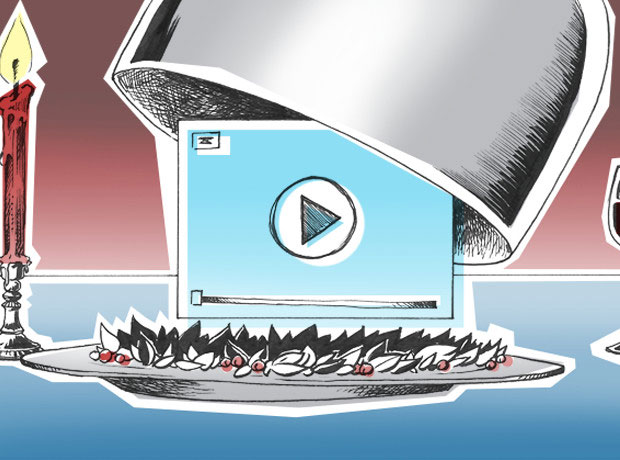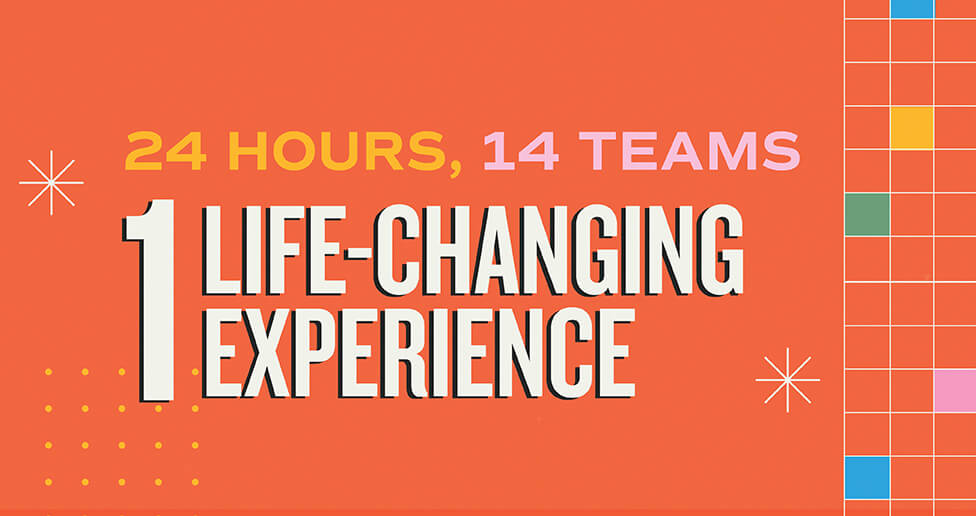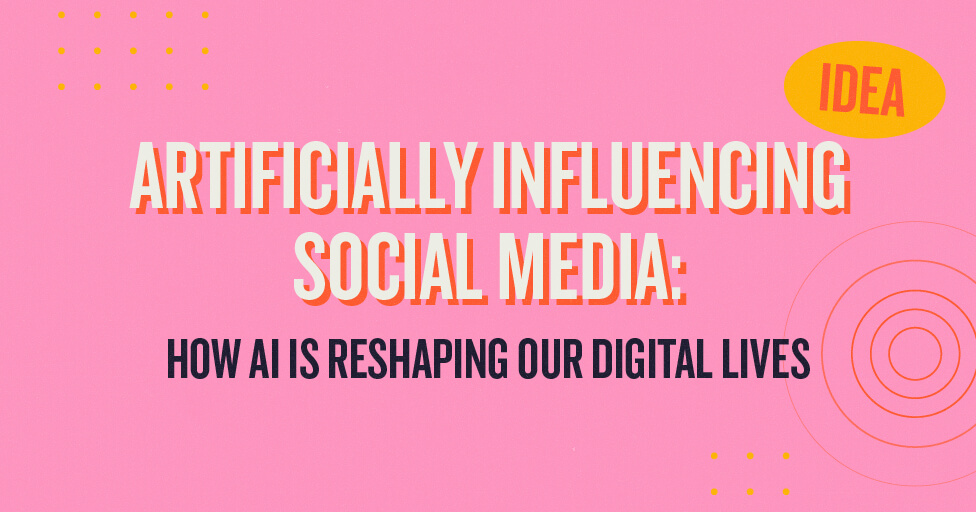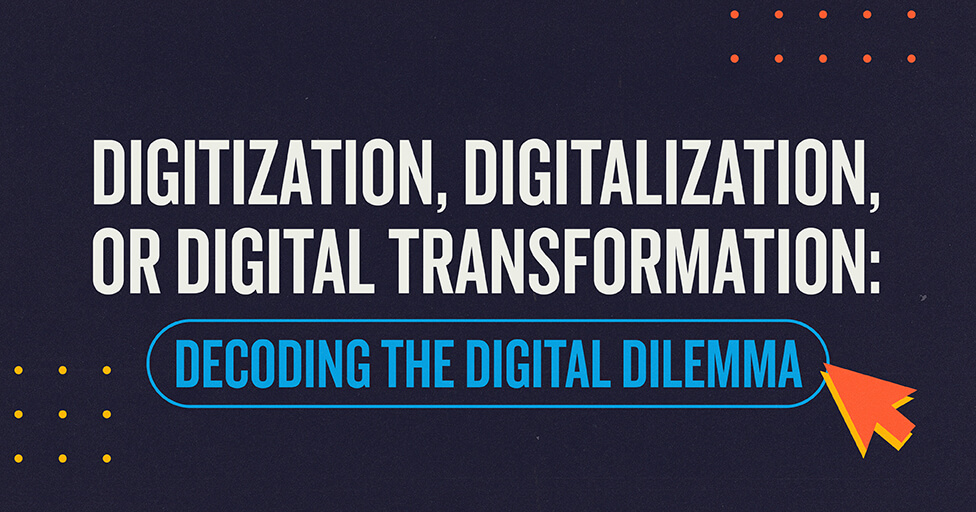
Planning strategic content for your brand is a lot like preparing for a dinner party: you want to serve the right thing at the right time to provide the best experience for your users/guests. Misaligning content to where a customer is at in the sales cycle can lead to awkward situations that may ultimately affect purchase decisions.
This week, most of us will be preparing to celebrate the Thanksgiving holiday with family and friends. I think we can all agree it would be awkward to be greeted at the door with our dinner plate already loaded up—that sort of timing feels abrupt. We want a chance to settle in, have a drink or some appetizers, and make some time for casual conversations. We would probably also prefer to load up our own plate according to our preference.
Serving up content to our users at the wrong time creates similarly jarring experiences that can ultimately disrupt our ability to convert them into customers. As marketers, we need to move away from the idea of creating content for the sake of content and start thinking about our content more strategically. After all, we can only consider content as an “asset” when it’s actually designed to move the needle for our overall brand strategy. Just as we expect the events of Thanksgiving Day to unfold in a certain order, we also need to serve up our content in a way that aligns with each phase of the customer journey.
Discovery/Awareness
Content types:
- Blog post
- Infographic
- Video
- Shareable social content
Our two options for this phase are organic (you come to us) and outbound (we’ll come to you). The best content for the discovery/awareness phase focuses on user needs—what are your customers searching for? What questions do they have that you can answer? What problems do they have that you can solve?
Content designed for this phase should be educational, not promotional. This is where thought leadership comes in—the goal here is to establish the brand as an expert or a leader in a space. Ideally, discovery content will be able to rank highly for organic searches related to the content.
A great example of this is Kraft Heinz’s guide to steak cuts tenderness. I pull this one up on my phone whenever I’m shopping for steak at the grocery store because I always forget this information. I can tell Kraft Heinz anticipated this because they designed a highly visual, easy-to-digest piece of content that shows me the most tender cuts of meat in seconds, which is exactly what I need when I’m already standing in the meat section. And, since they know I’m most likely already at the store when I’m looking for this information, there’s a little A1 steak sauce logo there to remind me not to forget to pick up some of their steak sauce.
Interest
Content types:
- Webinar
- White paper
- Email drip campaign
- eBook download
Now that users know about your brand and maybe even a specific product you sell, it’s time to serve up some content that builds their interest in what you have to offer. Again, this content won’t be entirely promotional, but you’ll have the opportunity to insert references to your product as a unique solution. Content served during this phase is more filling and digs deeper into the topics you covered in the discovery/awareness phase.
Hubspot has this content nailed down. Understanding that their platform users have either a marketing or sales background, they’ve designed their blog to serve both of these user personas. Once I discovered Hubspot through an informative blog post, I began recognizing them as a thought leader in the marketing space. I signed up for their email list and they began sending me eBooks with information about how to create amazing sales presentations and how to get started with data visualization—basically, in-depth information that was extremely helpful to me in my role as a digital marketing manager. It felt like personal training, and it was completely free. In every download, there was also detailed information about how the Hubspot platform could solve a lot of my challenges as I went about implementing the strategies.
Desire
Content types:
- Paid promotions
- Influencer blog coverage
- Testimonials
The desire phase is a great time to introduce user-generated content. This can be organic content you stumble upon or solicited content from an influencer in the space. The point is to create a desire for your product by detailing the benefits and showing how it has already improved the lives of others. Being able to reference user-generated content lends authenticity to the message, but you don’t necessarily have to rely only on user-generated content during this phase. You can also gather your own video or written testimonials to host on your website and then promote to users who have recently downloaded one of your eBooks.
Daniel Wellington is a timepiece manufacturer with a strong social media presence. The brand often uses bloggers and social influencers to promote their product. I can say it had an effect on me—last year, I noticed a lot of people on my Instagram feed posting aspirational photos of their Daniel Wellington watches. I had never worn a watch before in my life, but the social proof eventually turned me on to the brand, and I ended up purchasing two of their watches.
Purchase
Content types:
- Promotional offer
- Product-focused infographic
- Call-to-action
- Case studies
The purchase phase is where we’ll see more traditional marketing content that asks for the conversion. In this content, the product is the central character. What are the benefits? Why should someone aspire to own this product? Free trials and promotional offers can help drive users to convert, and case studies can also be powerfully persuasive when done right. The creative is immensely important during this phase—having the right call-to-action and the right imagery are going to be key to inspiring users to take action. And when you’ve done a good job serving relevant, useful content to users in the previous phases of the customer journey, you’ll see more of them making the decision to buy.
If you’re wondering how content marketing differs from product marketing or even inbound, we recommend this article from the Content Marketing Institute. As always, MBB+ is here to help you get more strategic about your content and publication channels.
Subscribe to our newsletter
Get our insights and perspectives delivered to your inbox.


